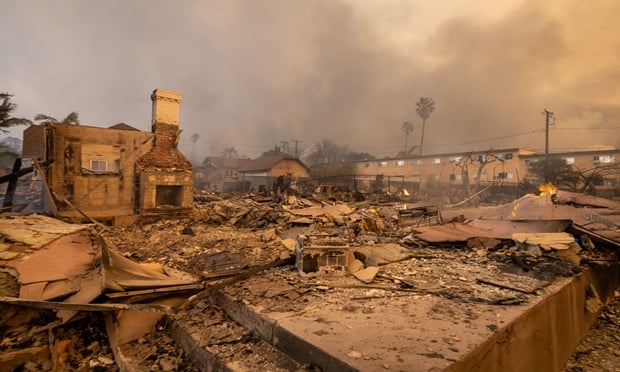A group of startup reinsurers, formed in the wake of the reinsurance sector's record hurricane losses this year and dubbed the "Class of 2005," may have difficulties achieving "A" ratings because of several factors, according to Fitch Ratings.
The 10-12 reinsurers, formed in large part to capitalize on anticipated favorable market conditions, resemble companies formed in the wake of large sector-wide losses caused by 1992's Hurricane Andrew and Sept. 11, 2001, Fitch said.
While Fitch said its rating methodology does not impose a ceiling on startup reinsurers' ratings, the agency noted a few factors would make it difficult for the majority of the Class of 2005 to achieve insurer financial strength (IFS) ratings as high as the "A" range but would not preclude "secure" ratings in the "BBB" range.
Recommended For You
Want to continue reading?
Become a Free PropertyCasualty360 Digital Reader
Your access to unlimited PropertyCasualty360 content isn’t changing.
Once you are an ALM digital member, you’ll receive:
- Breaking insurance news and analysis, on-site and via our newsletters and custom alerts
- Weekly Insurance Speak podcast featuring exclusive interviews with industry leaders
- Educational webcasts, white papers, and ebooks from industry thought leaders
- Critical converage of the employee benefits and financial advisory markets on our other ALM sites, BenefitsPRO and ThinkAdvisor
Already have an account? Sign In Now
© 2025 ALM Global, LLC, All Rights Reserved. Request academic re-use from www.copyright.com. All other uses, submit a request to [email protected]. For more information visit Asset & Logo Licensing.








